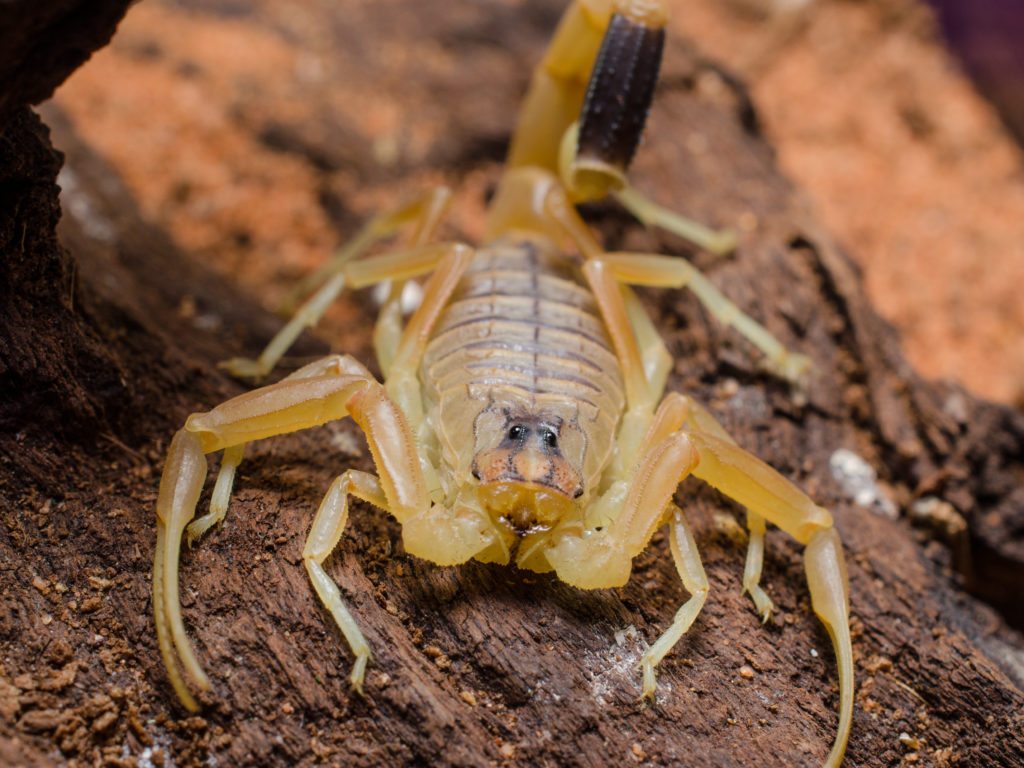Scorpion venom could be medically useful as a way of marking up brain tumour cells for surgery, as it’s tough for surgeons to identify where a tumour ends and healthy cells begin. If they err on the side of caution, cancer cells get left behind. If they get too knife-happy, then healthy cells are cut out alongside cancer. Chlorotoxin, a component of venom from the cheerily named deathstalker scorpion, binds to tumour cells. Adding a fluorescent tag means that tumours ‘light up’, allowing a surgeon to clearly see their boundaries. This ‘tumour paint’, developed by researchers at the Fred Hutchinson Cancer research Center in the US, has been tested in animals and is now being trialled in people.

Spider venom also appears to be a rich source of compunds for drug development, with toxins believed to have the potential to variously treat muscular dystrophy, chronic pain and erectile dysfunction. Staying with arthropods, studies by researchers from the University of Queensland in Australia and China’s Kunming Institute of Zoology point to a peptide from centipede venom having the potential to be a more effective painkiller than morphine, possibily without some of the side effects, such as addiction. The Chinese re-head centipede, which produces the benom, is a pretty significant size, coming in at a whopping 20cm long.















